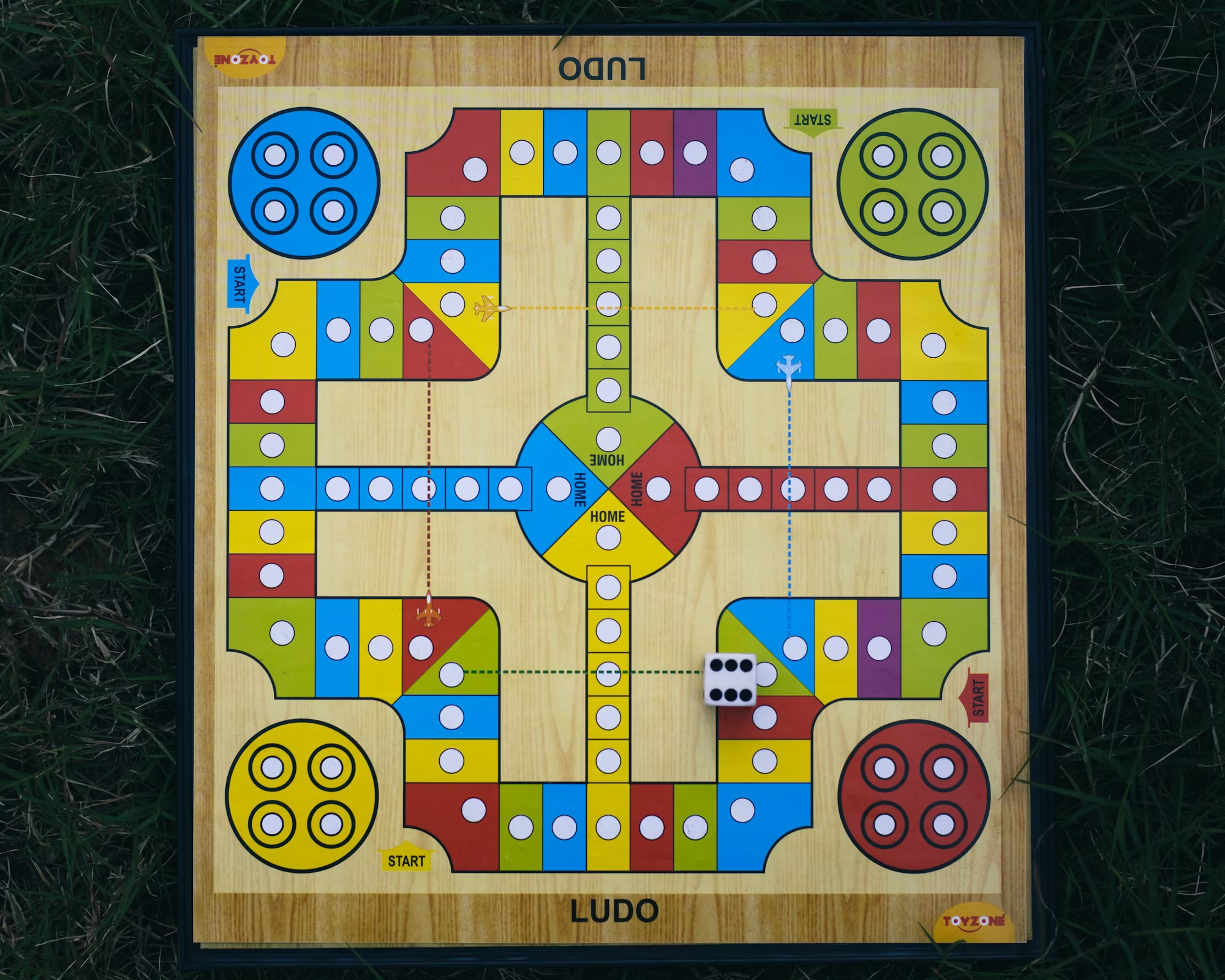In recent years, the gaming industry has witnessed a remarkable surge in the popularity of indie games. These independent titles, often developed by small teams or solo creators, have not only introduced fresh ideas and innovative gameplay mechanics but also fostered a community driven by creativity and passion. This article explores the rise of indie games, their significance in the gaming landscape, and what the future holds for this vibrant genre.
The Rise of Indie Games
The term ‘indie game’ refers to video games created by independent developers without the backing of major publishers. The emergence of digital distribution platforms, such as Steam, itch.io, and the Epic Games Store, has played a crucial role in the rise of indie games. These platforms provide developers with the tools and resources needed to release their creations directly to players, bypassing traditional publishing routes that often favored larger studios.
The indie game movement began gaining momentum in the late 2000s, with titles like “Braid” and “Super Meat Boy” capturing the attention of gamers and critics alike. These games not only showcased innovative gameplay but also embraced unique art styles and narratives that set them apart from mainstream offerings. As a result, indie games quickly became synonymous with creativity and experimentation.
Breaking Boundaries: Innovative Gameplay and Storytelling
One of the defining characteristics of indie games is their ability to break away from conventional gaming norms. Independent developers often take risks that larger studios might avoid, resulting in experiences that challenge players’ expectations. For instance, “Journey,” released by Thatgamecompany in 2012, offers a wordless narrative that emphasizes exploration and emotional connection over traditional gameplay mechanics. The game’s stunning visuals and atmospheric soundtrack create an immersive experience that resonates with players long after they finish.
Similarly, titles like “Celeste” and “Hollow Knight” demonstrate how indie developers can tackle complex themes, such as mental health and resilience, while delivering engaging gameplay. “Celeste” incorporates platforming mechanics that reflect the protagonist’s struggles, allowing players to connect with the story on a personal level. This level of storytelling and emotional depth often distinguishes indie games from their mainstream counterparts, fostering a more intimate connection between players and the games themselves.
A Diverse Range of Genres and Styles
Indie games span a diverse array of genres, catering to various tastes and preferences. From puzzle games like “Fez” to narrative-driven experiences like “Oxenfree,” the variety within the indie scene is impressive. These games often showcase unique art styles, ranging from pixel art to hand-drawn animations, allowing developers to express their creativity visually.
Moreover, the indie game community embraces experimentation with gameplay mechanics, leading to innovative designs that challenge players’ perceptions of what a game can be. Titles like “Return of the Obra Dinn” employ unconventional mechanics, such as detective work and deduction, to create engaging gameplay experiences that keep players on their toes. Such creativity has led to a flourishing of new ideas that continually push the boundaries of interactive entertainment.
Community Engagement and Support
One of the most remarkable aspects of the indie game scene is the sense of community that surrounds it. Independent developers often rely on player feedback and engagement to refine their games. Platforms like Kickstarter and Patreon have enabled developers to connect directly with their audience, allowing them to fund their projects and build a loyal following.
Moreover, events like the Independent Games Festival (IGF) and PAX showcase provide invaluable opportunities for indie developers to gain recognition and connect with industry professionals. These events foster collaboration and support among creators, encouraging them to share ideas and resources. The spirit of camaraderie within the indie community is palpable, as developers celebrate each other’s successes and champion the creativity that defines indie gaming.
Challenges and Triumphs
Despite their many successes, indie developers face unique challenges in the gaming industry. Limited budgets, smaller teams, and the struggle for visibility can make it difficult for indie games to reach wider audiences. However, many developers are finding innovative ways to overcome these obstacles. Creative marketing strategies, such as engaging with communities on social media and leveraging streaming platforms like Twitch, allow indie games to gain traction and build a player base.
Additionally, the gaming landscape has become more inclusive, with players increasingly seeking out unique experiences beyond mainstream titles. As a result, many indie games have found success through word-of-mouth recommendations and positive reviews. Titles like “Stardew Valley” and “Hades” have achieved remarkable sales figures and critical acclaim, demonstrating that indie games can thrive in a competitive market.
The Future of Indie Gaming
As technology continues to evolve, the future of indie gaming looks bright. Advances in game development tools, such as Unity and Unreal Engine, have made it easier for developers to create high-quality games without the need for extensive resources. This accessibility encourages more individuals to pursue game development, further enriching the indie gaming landscape.
Moreover, the rise of mobile gaming and cloud gaming platforms presents new opportunities for indie developers. Mobile games can reach a broader audience, and cloud gaming allows players to access games without needing powerful hardware. This shift opens the door for innovative gameplay experiences that can be enjoyed by a diverse range of players.
Conclusion
Indie games represent a vibrant and essential part of the gaming industry, showcasing creativity, innovation, and a spirit of community. As independent developers continue to push boundaries and challenge norms, players are treated to a diverse array of experiences that enrich the gaming landscape. With the ongoing support of players and the increasing accessibility of development tools, the future of indie gaming promises to be exciting and full of surprises. Whether you’re a seasoned gamer or new to the world of gaming, exploring the vast array of indie titles is sure to reveal hidden gems that captivate and inspire.



